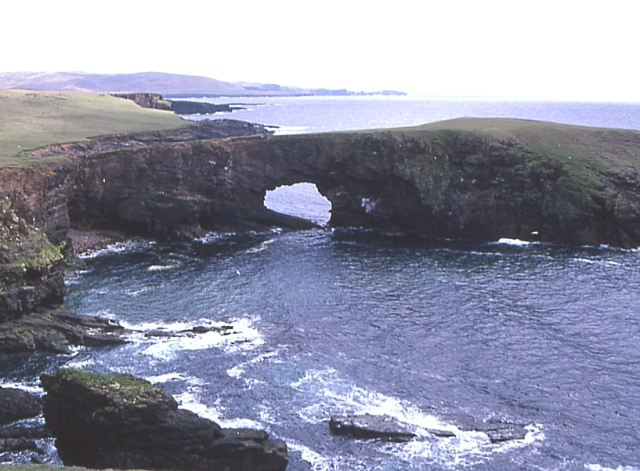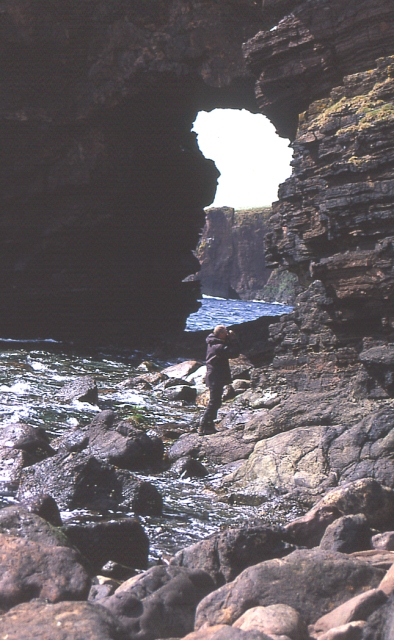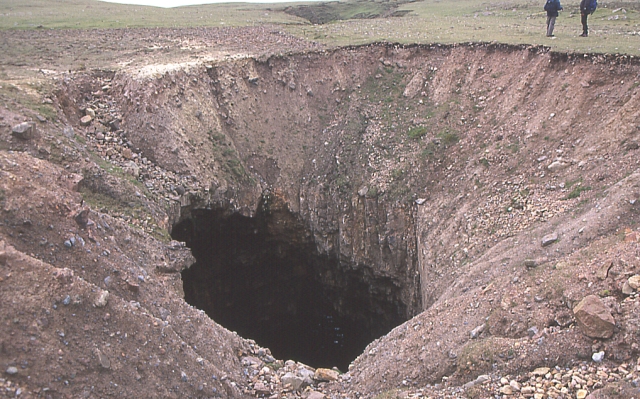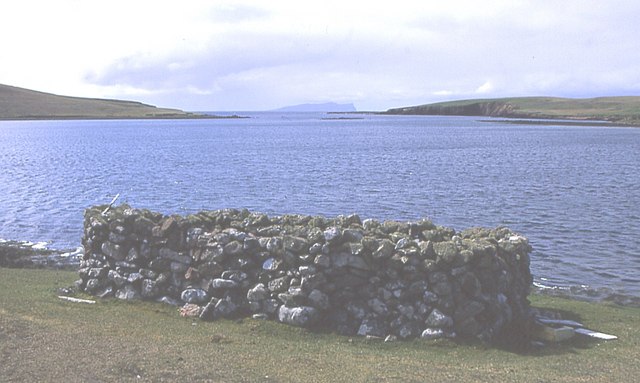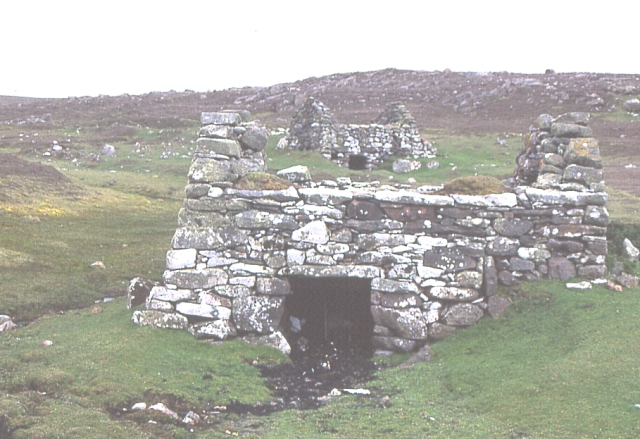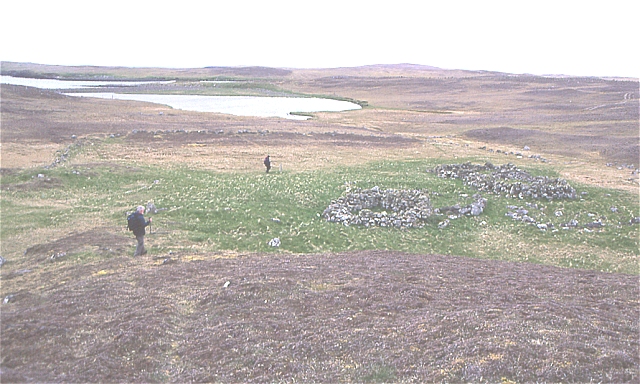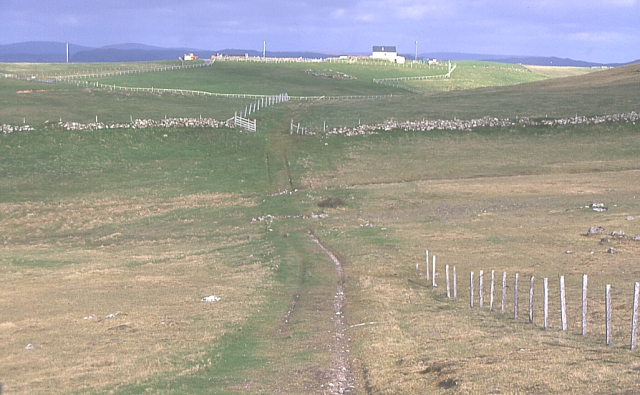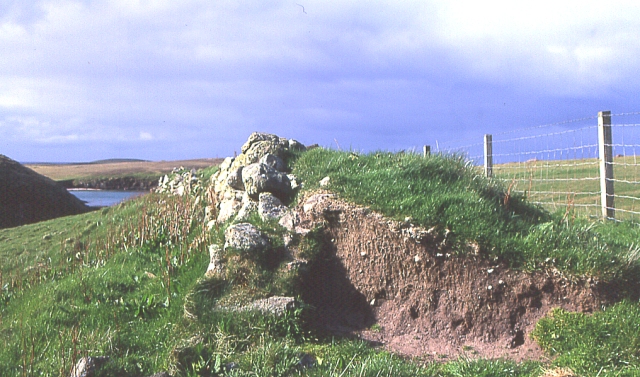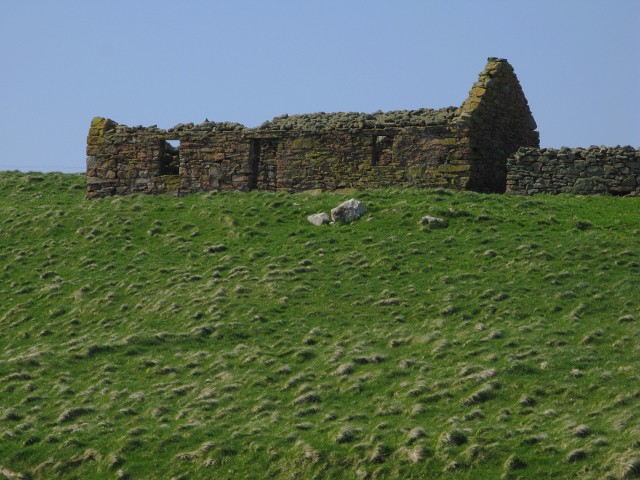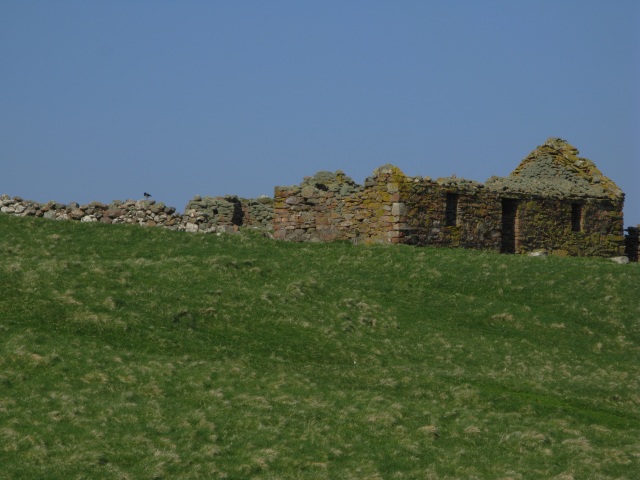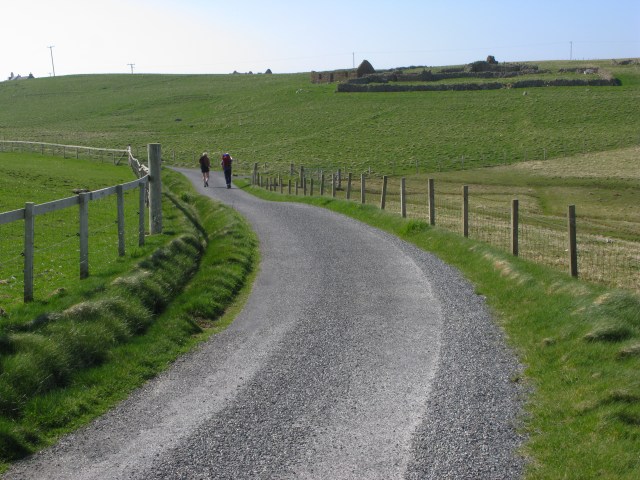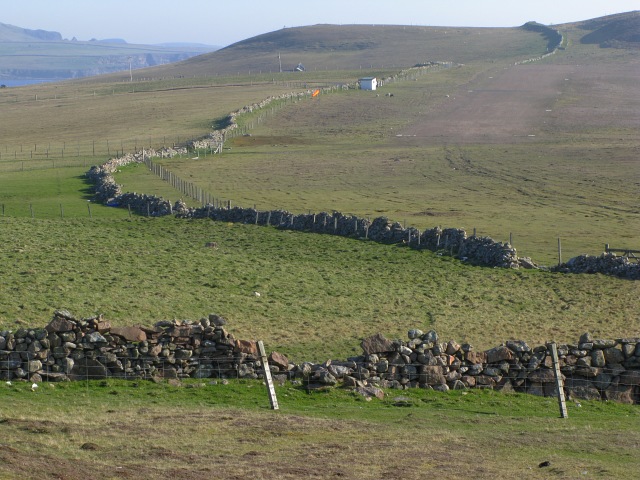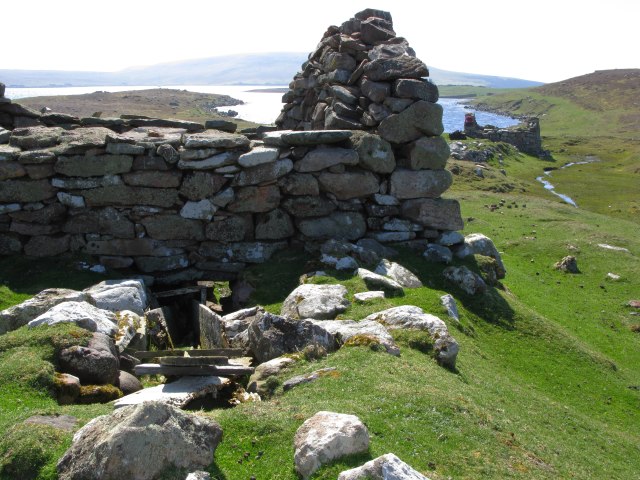The Koam
Sea, Estuary, Creek in Shetland
Scotland
The Koam
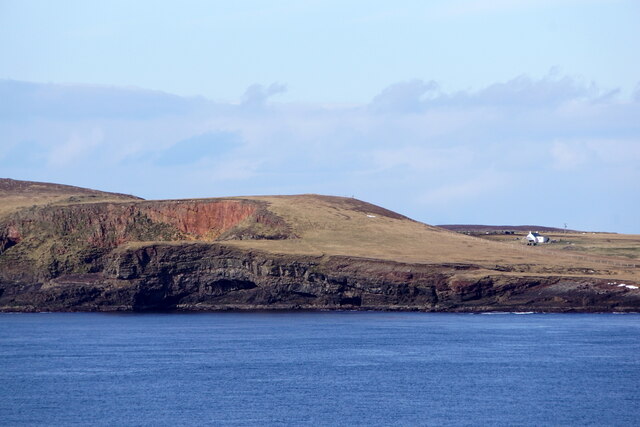
The Koam, also known as the Koam Estuary or Koam Creek, is a small body of water located in the Shetland Islands, an archipelago in Scotland. It is situated on the eastern coast of the main island, known as Mainland, near the village of Brae. The Koam is an estuary, which means it is a partially enclosed coastal body of water where freshwater from rivers and streams meets and mixes with seawater.
The Koam is characterized by its calm and tranquil atmosphere, surrounded by picturesque landscapes. It is lined with lush vegetation, including reeds, grasses, and various species of plants and trees. The estuary is also home to a diverse range of wildlife, including numerous species of birds, fish, and marine mammals.
The water in the Koam is influenced by the tidal movements of the North Sea, resulting in a constantly changing environment. During high tide, the estuary fills up with seawater, creating a deep and navigable channel for boats and small vessels. As the tide recedes, the Koam transforms into a shallow creek with mudflats and sandbanks exposed.
The Koam Estuary is not only a beautiful natural feature but also serves as an important habitat for local flora and fauna. It is a popular spot for birdwatching, fishing, and recreational activities such as kayaking and canoeing. Its serene and unspoiled surroundings make it a haven for nature lovers and outdoor enthusiasts seeking a peaceful escape in the heart of the Shetland Islands.
If you have any feedback on the listing, please let us know in the comments section below.
The Koam Images
Images are sourced within 2km of 60.32215/-1.7143046 or Grid Reference HU1559. Thanks to Geograph Open Source API. All images are credited.
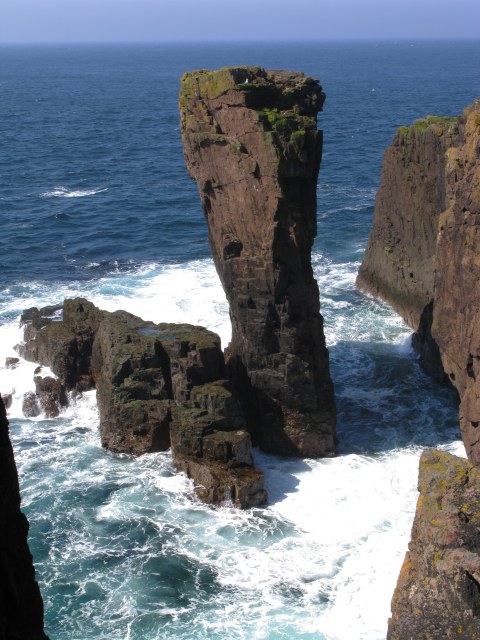
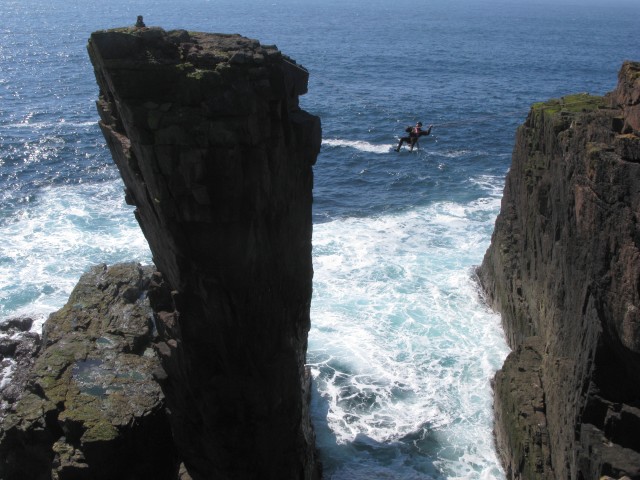
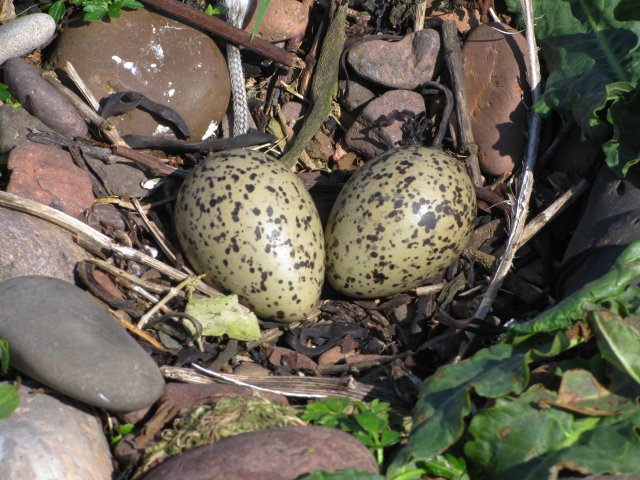
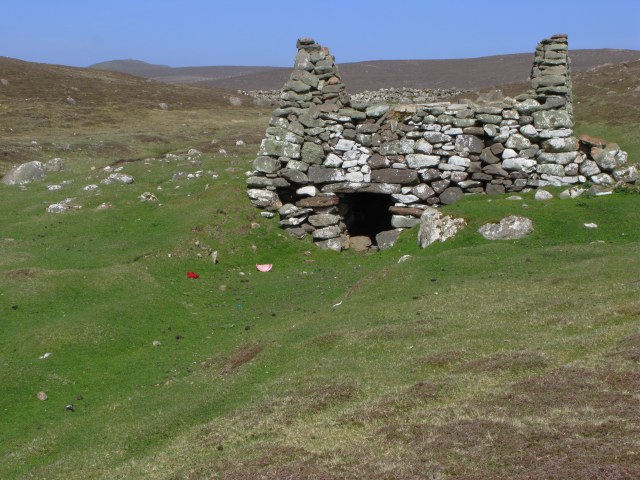
The Koam is located at Grid Ref: HU1559 (Lat: 60.32215, Lng: -1.7143046)
Unitary Authority: Shetland Islands
Police Authority: Highlands and Islands
What 3 Words
///unframed.void.layered. Near Walls, Shetland Islands
Nearby Locations
Related Wikis
Papa Stour Airstrip
Papa Stour Airstrip is a small airstrip in the village of Biggings on the island of Papa Stour. Shetland, Scotland. == History == Papa Stour Airstrip opened...
Papa Stour
Papa Stour (Scots: Papa Stour) is one of the Shetland Islands in Scotland, with a population of under fifteen people, some of whom immigrated after an...
Biggings
Biggings is a village on the island of Papa Stour, in Shetland, Scotland. Papa Stour's church is situated at the south of Biggings. A homestead of Duke...
Forewick Holm
Forewick Holm is a 1-hectare (2.5-acre) island in the Sound of Papa in the Shetland islands, Scotland. Located between Papa Stour and the Sandness peninsula...
Brei Holm
Brei Holm is a tiny tidal islet in the western Shetland Islands. It is due east of Papa Stour, to which it is connected at low tide, just outside Housa...
Maiden Stack
The Maiden Stack or Frau Stack is a tiny stack in the western Shetland Islands to the north of Brei Holm and east of Housa Voe in Papa Stour. It is so...
Sandness
Sandness (the "d" is not pronounced locally) is a headland and district in the west of Shetland Mainland, Scotland. Sandness was a civil parish, which...
Bousta
Bousta is a settlement on Mainland, in Shetland, Scotland. Bousta is situated in the parish of Walls and Sandness.Scott's Hawkweed is native to the pastures...
Related Videos
The Beautiful and Dangerous Papa Stour
The incredibly remote island of Papa Stour is home to 6 year-round residents. One author claims that it has the finest caves in ...
Only 6 People Live on This Island
Welcome to Papa Stour. Would you live here? If you'd like to see and know more about the island, I have a full video on my ...
Kirk and Blanket
Ref: SFA20170006.12 Synopsis: This mid to late 1960s film shows life on the island of Papa Stour. This film shows some locals ...
Have you been to The Koam?
Leave your review of The Koam below (or comments, questions and feedback).
